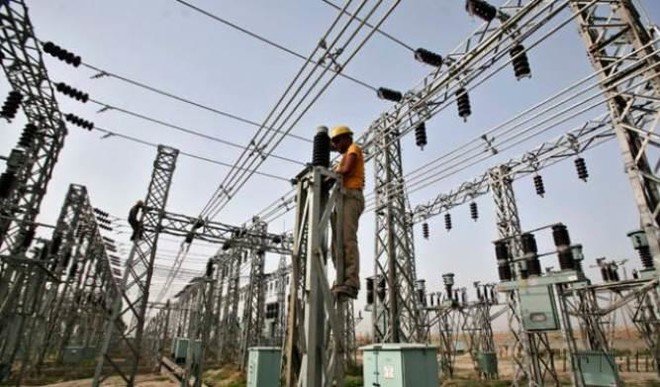Data obtained from the Federal Ministry of Power has revealed that about N20.5bn revenue was lost by Nigeria’s power sector between January 1 and 22, 2021, as operators in the business complained that energy was still being rejected by distributors.
It was also gathered that a total of 1,941 megawatts-hour/hour of electricity was constrained during this period, as this quantum of energy could not be generated on the national grid.
The major constraints that stopped the production of this quantum of power were insufficient gas supply, as well as lack of distribution and transmission infrastructure.
Further findings from the power ministry revealed that the average energy that was sent out during the period was 4,505MWH/H.
Also, peak power generated on the country’s grid within this three weeks was put at 5,584MW, as industry operators decried the persistent rejection of electricity by power distribution companies.
The General Manager, Market Operations, Transmission Company of Nigeria, Edmund Eje, stated that the widening revenue gap in the market had further made the Discos to drop electricity load.
Eje, who spoke at the just held virtual power dialogue, explained that the load rejection had impacted negatively on the machines of power generation and transmission companies.
He said, “As the market gap started widening, the Discos resorted to reducing their invoice monthly. How could that be effected? It was by reducing the amount of energy they take.
READ ALSO: PHCN: Senate opens investigation into N387M loss
“By reducing the amount of energy you take, you are restricting the amount of energy to be evacuated from the transmission side.
“And it has to be understood by everybody in the power sector that energy consumed, generated and evacuated are done simultaneously because energy is not stored anywhere.”
He added, “Although we have new technologies coming out now where you can use batteries to store energy, I can tell you that as the generator is generating, transmission is evacuating it.
“And as it is being evacuated, the consumer takes it. So any imbalance within these three causes a lot of issues, most especially when the Discos drop load for whatever reason.”
The TCN official stated that despite the over 12,000MW installed generation and transmission capacities, there was a high amount of unutilised energy due to load rejection by power distributors.
He said, “And at such instances, the transmission company would battle to bring the grid to a steady state of transmission and as it does this, there is this signal to generation that there is imbalance and so they (generators) should drop load.
“This means that we have capacity that cannot be utilised because of the ripple effect from the distribution end. But most people tend to say there is evacuation problem, whereas we we have 12,954.4MW installed transmission capacity.”
Power distributors had repeatedly argued that it made no business sense to wheel power to locations where consumers show an unwillingness to pay for the electricity they receive.
This, according to the Discos, was one reason why some quantum of energy evacuated to such locations were being rejected by the distributors.













